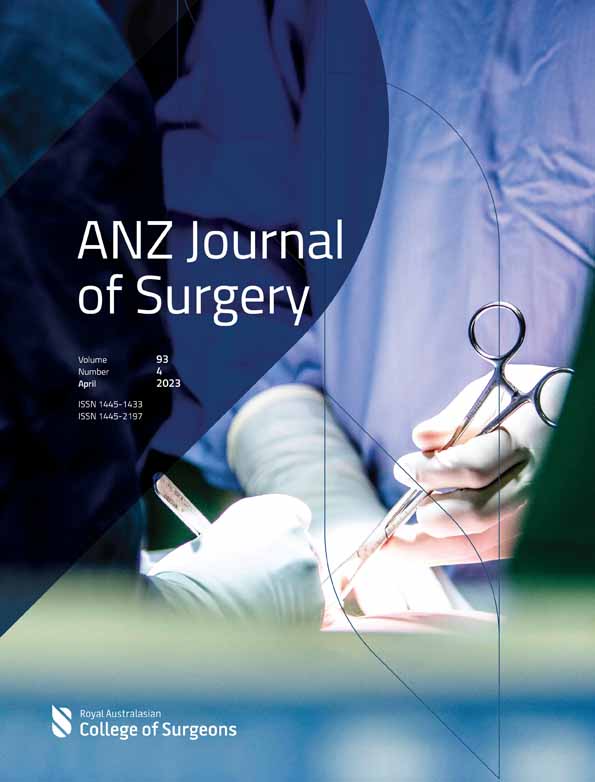Cost-effectiveness comparison of delayed versus immediate coloanal anastomosis following ultralow anterior resection for rectal cancer
Abstract
Background
Following ultralow anterior resection for distal rectal cancers, a coloanal anastomosis is usually created along with a defunctioning ileostomy (DI). Recent evidence suggests that abdominoperineal pull-through with delayed coloanal anastomosis (DCAA) is a viable alternative to immediate coloanal anastomosis (ICAA), minimizing the risk of anastomotic leakage and avoiding the need for stoma creation with the risk of stoma-associated morbidity. However, DCAA requires a longer initial hospitalization. We aimed to perform a cost-effectiveness analysis to compare DCAA versus ICAA for elective rectal cancer surgery.
Methods
A decision tree model was used to compare the cost-effectiveness of the two strategies. Cost data were obtained from the 2019 to 2020 United Kingdom National Health Service reference costs. Model probabilities were derived from published studies. Univariate and probabilistic sensitivity analyses were used to evaluate the robustness of the results.
Results
DCAA was the overall cheaper strategy at £13 541 compared with £14 856 for ICAA in the base case analysis. This was explained by the decreased overall costs of hospitalization/surgery, reduction in costs associated with anastomotic or stoma-related complications, specifically dehydration-induced hospital readmissions and avoidance of stoma maintenance costs. Sensitivity analysis demonstrated that DCAA remained consistently more inexpensive except when the duration of total parenteral nutrition exceeded 14 days.
Conclusion
Despite a longer index hospitalization with higher initial costs, this economic analysis demonstrates that DCAA without stoma is overall more cost-effective compared with ICAA with DI following ultralow anterior resection. Cost savings should be considered an additional benefit when selecting the DCAA approach for rectal cancer surgery.
Conflict of interest
None declared.




